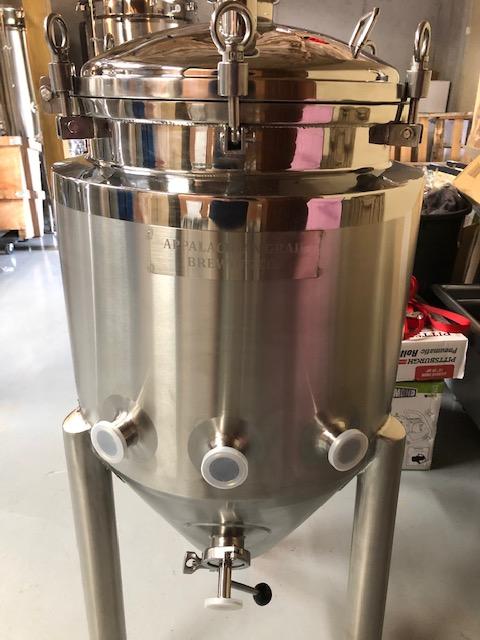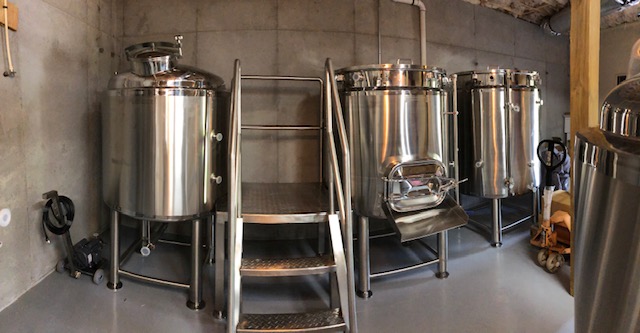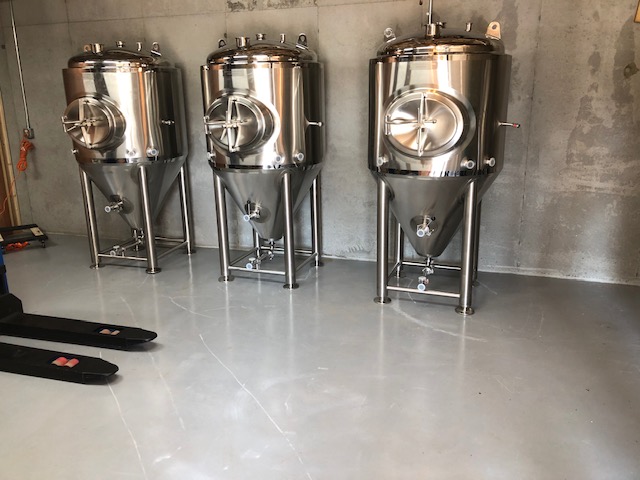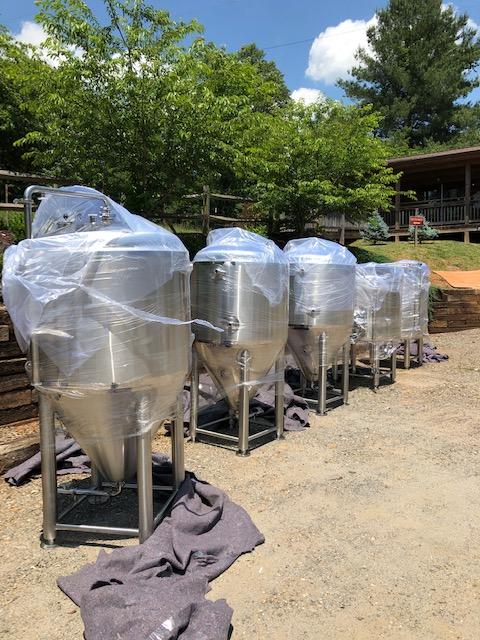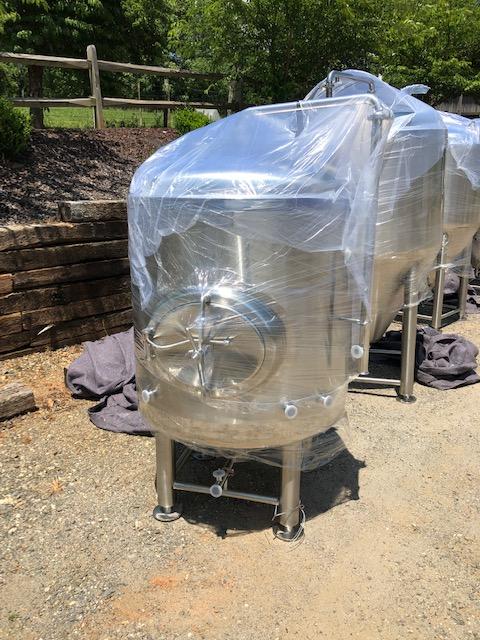xico
Well-Known Member
- Joined
- Jan 22, 2015
- Messages
- 328
- Reaction score
- 64
I would be cautious with adding anything into the jacket @itivino other than non flammable and abundant water. Air is not a good way to transfer heat compared to the liquid inside which means your difference in temps would have to be very intense. Controlling oven temp heat and its needed ventilation at your conical sounds dangerous and wildly difficult to control.
Hot oil would solve the heat transfer issue but leave you with the risk of pressurizing a material that can well exceed the temperature of boiling water but also is volatile with flame or water and sticks to things. If I can say so without offending this sounds like a truly bad idea.
What would you be hoping for by replacing the near-100% efficiency of an element in your wort?
Hot oil would solve the heat transfer issue but leave you with the risk of pressurizing a material that can well exceed the temperature of boiling water but also is volatile with flame or water and sticks to things. If I can say so without offending this sounds like a truly bad idea.
What would you be hoping for by replacing the near-100% efficiency of an element in your wort?






![Craft A Brew - Safale S-04 Dry Yeast - Fermentis - English Ale Dry Yeast - For English and American Ales and Hard Apple Ciders - Ingredients for Home Brewing - Beer Making Supplies - [1 Pack]](https://m.media-amazon.com/images/I/41fVGNh6JfL._SL500_.jpg)



















































